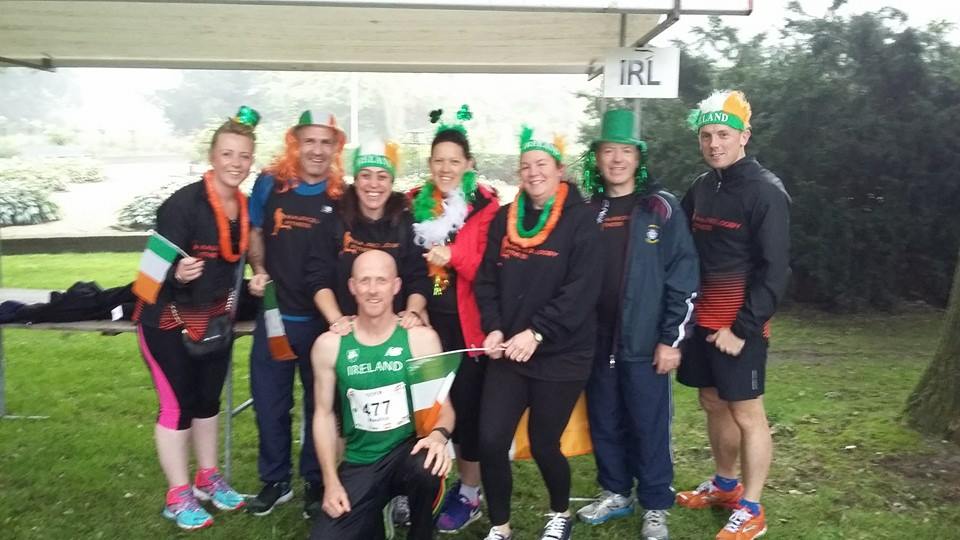100K Aftermath – Recovery

Just over a week since the 100k….
I finished the race just after 7pm local time. I had a bit of a wobble when I stopped across the finish line. I was desperately looking around for a place to lie down. That had been an enduring thought for much of the second half of the race – to lie down and sleep! I was hoping to find a little patch of grass where I could simply lie down – not sit – lie. I looked wildly around and saw only the tarmaced road of the busy finish line. The legs buckled as a large paramedic (the Dutch are the tallest race in the world) came to my assistance armed with a large blanket. A wheel chair quickly appeared and I was brought into the medic section of the sports hall where I was kept under observation for nearly an hour. All my numbers were satisfactory to the medics – blood pressure, heart rate, blood sugar and blood oxygen. I didn’t feel faint, I’m not prone to fainting and I believe I have never been unconscious in my life – I was known for having an iron chin in the boxing ring. I was quite simply exhausted, a little dehydrated perhaps, and my legs were damaged. A physio was summoned and gave me a 30 minute massage (another example of the fantastic organisation from the Dutch). Talking of massages; on Thursday I went to Eileen Gorry in Coralstown for another massage. I had been with her once a week for the 6 weeks before the race. One of the first things she said was that she could both see and feel significant muscle loss on my quads! Yes long distance running breaks you down.
It is not known how long it takes to recover from acute muscle damage. But it would seem that it takes much longer than most runners are currently prepared to allow. The speed with which this severe form of muscle damage develops is determined by how many miles you run in races when the muscles are sore or very sore. Thus, ultra marathon races in which the muscle soreness increases exponentially with distance run beyond about 40 miles, are most likely particularly damaging. Similarly, starting to run too soon after races that cause muscle soreness, before the muscles have had a chance to recover properly, will exacerbate the damage caused by racing longer distances.
The night of the race I had an ice bath followed by a hot shower. I started to eat gradually at first and then more and more as the next few days went on. (I had probably burned in excess of 8000 calories during the race). The day after we actually rented bikes and went on a very gentle cycle around the pancake flat countryside. Really, all you have to do is lean on the pedals and you move forward. I felt waves of exhaustion hitting me over the next few days, especially as each day wore on. However, I wasn’t too bad – until Thursday when I hit a wall again. I felt a lot more tired than the days before. By Saturday I was feeling ok again – in terms of relative energy levels.
For me, I know I ran a bit too much and a bit too hard this year – but I hasten to add that I had a great year and I really enjoyed it (well most of it anyway). If I knew then what I know now I would have done it differently, but we are all learning as we go along and I’m no different to anyone else. I’m hoping I can do that next year. Until then, I will practice what I preach and give considerable time to recovery.
I would like to sincerely thank my sponsors who made the trip to Holland possible: The Westmeath Examiner, Dixons Plant Hire, Killucan, McIntyre’s Spar, Mullingar, Whelehans Pharmacy, Mullingar, Lagan Cement, Kinnegad, and Tri & Run, Mullingar.